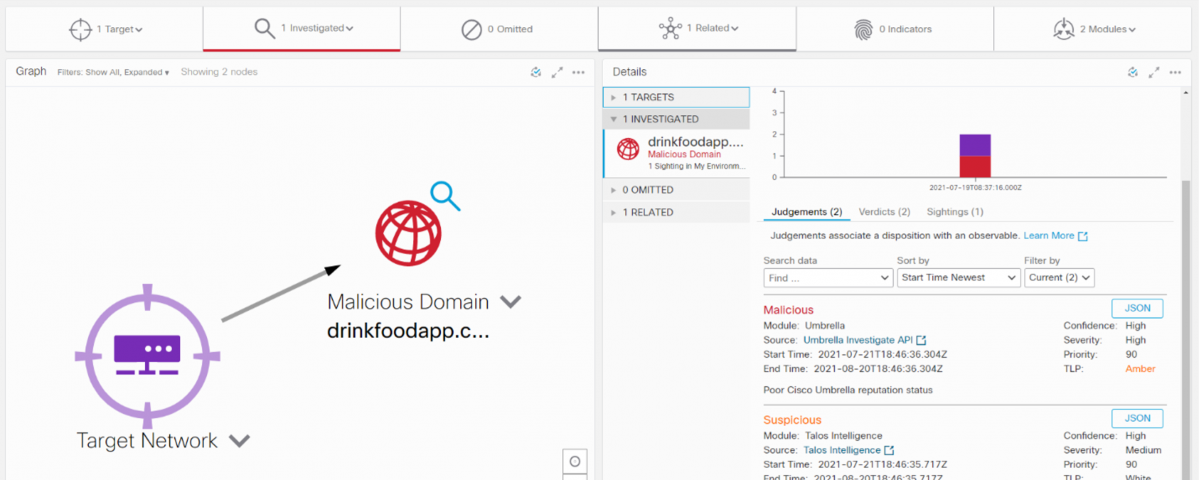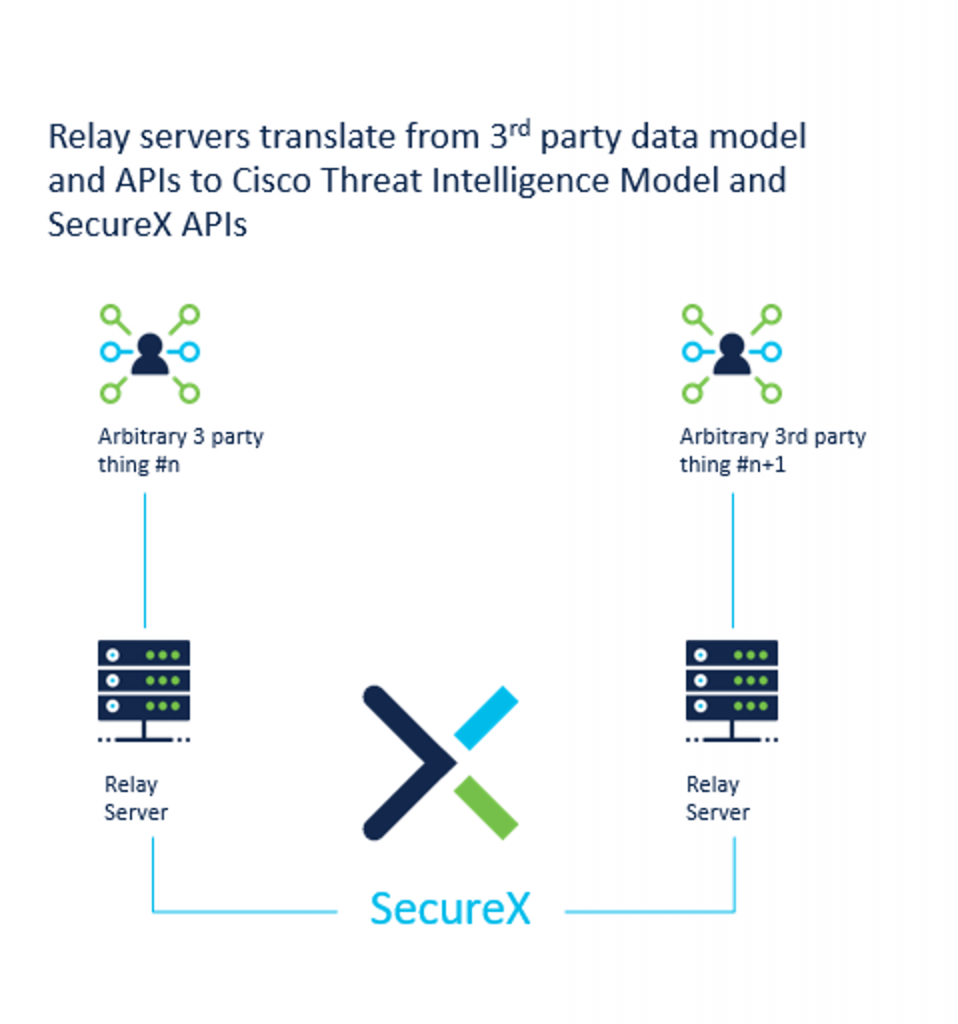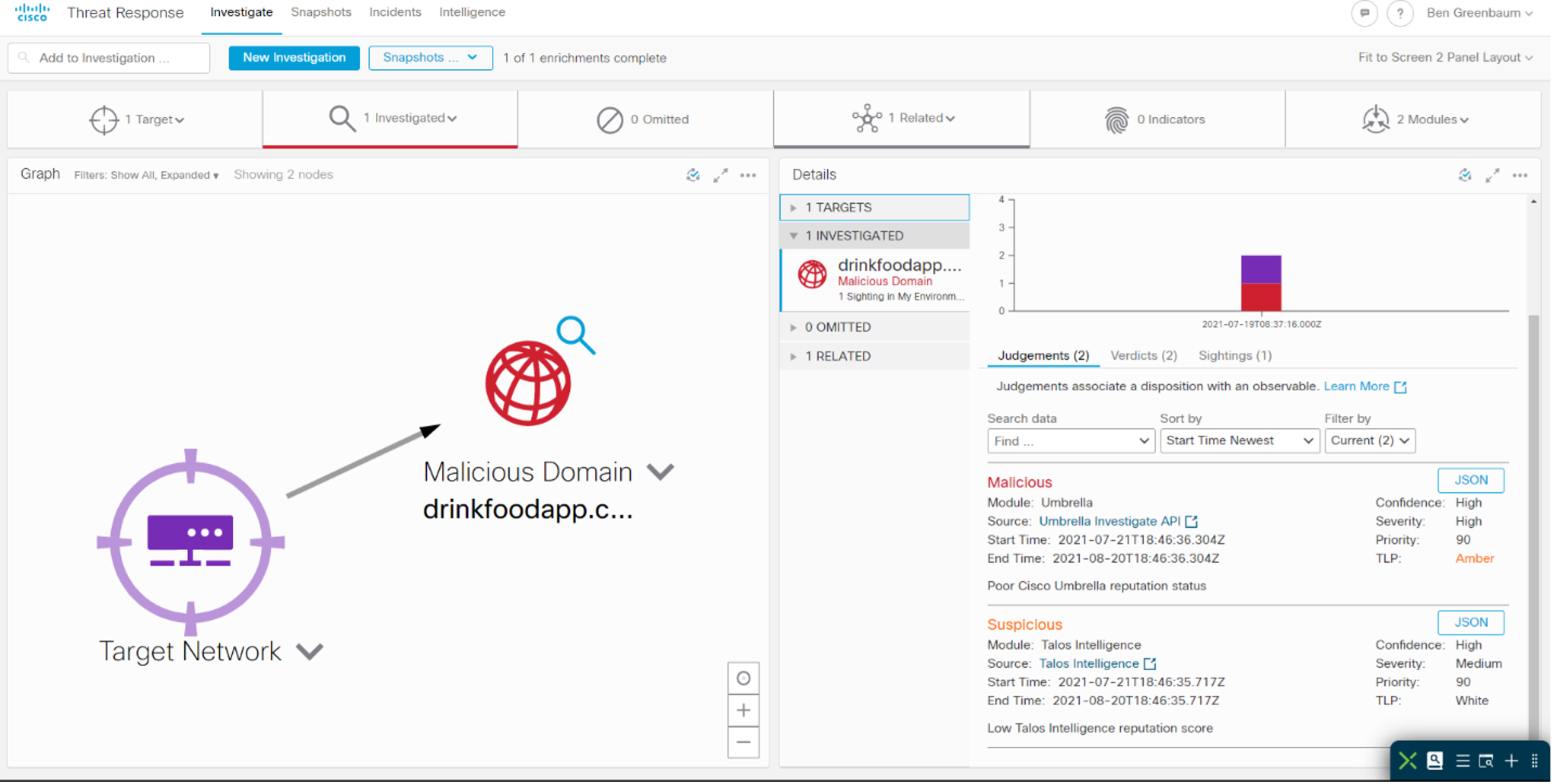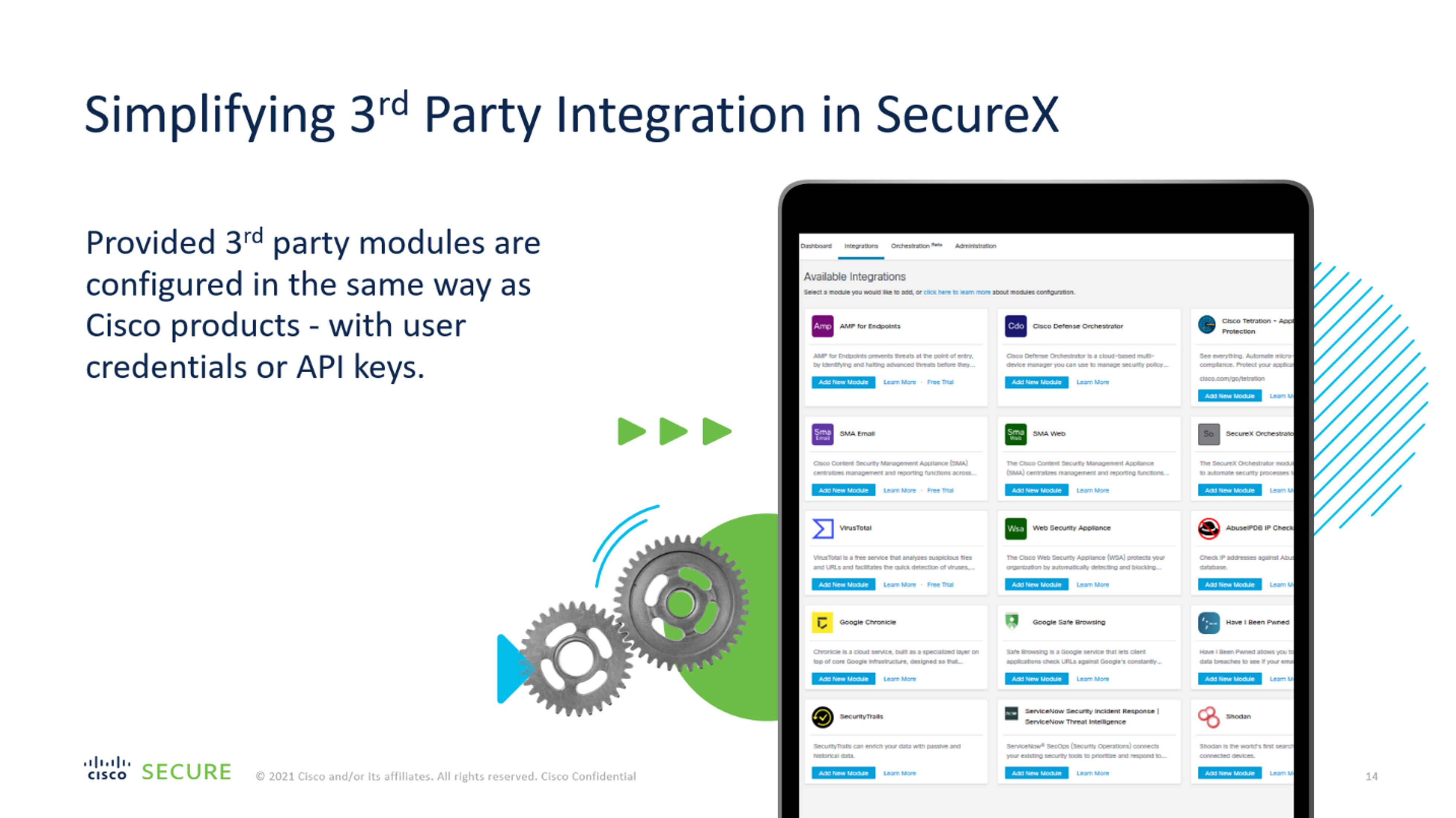
Save time with Dynamic Attributes for Cisco Secure Firewall
July 26, 2021Hybrid work is here to stay – but what does that mean for cybersecurity?
July 28, 2021Threat Intelligence in SecureX: Fast, Free, or Easy (pick any three)

SecureX is Cisco’s free, acronym-defying security platform. (“Is it XDR? Is it SOAR? Does it solve the same problems as a SIEM? As a TIP?” “Yes.”) From the very beginning, one of the pillars of SecureX was the ability to consume and operationalize your local security context alongside global threat intelligence.
And to that end, SecureX includes, by default, a few very respectable threat intelligence providers:
- The Cisco Secure Endpoint File Reputation database (formerly AMP FileDB) composed of reputation ratings for billions of file hashes collected from multiple sources including Talos, Cisco Malware Analysis and Secure Endpoint
- The AMP Global Intelligence database, aka SecureX Public Intelligence, curated from several internal and open source thereat intelligence sources
- And, of course, the TALOS intelligence database, full of all manner of information discovered by the global TALOS research team and their advanced and often custom tooling
Also included is the Private Intelligence repository, which allow you to upload or create your own intelligence for inclusion in SecureX investigations.
But, there is a lot more to the world of threat intelligence than those three sources alone. Every research organization, whether free or paid, open or private, has their own area of focus, their own methods, their own guidelines and policies and practices, and their own view on any given threat. While it’s not true that more automatically equals better, a more complete and holistic view is often more valuable than a narrower view. That is, in fact, one of the primary design considerations for, and motivating reasons for the very existence of, SecureX itself.
And, many of our customers are already using additional sources – we knew that on day one, several years ago now, when we incorporated support for Virus Total into the first version of what would become SecureX threat response.
That was also a driving reason behind the roll out the remote relay modules last summer, that allow users to tie in arbitrary data sources. This design allows SecureX users to “roll their own” modules, deploy the code in their environments, and thereby leverage whatever they want as a resource in investigations.

Then we wrote and published a number of relays that were for specific well-known threat intelligence sources for users to deploy.
Recently, we have internalized these relays and are hosting them ourselves to simplify the way our customers incorporate them into their own SecureX environment. For Cisco-provided 3rd party relays, there is no longer a need to download, configure, and stand up a relay service.
You can read much more about this at Jessica Bair’s excellent blog, SecureX threat response Turnkey Integrations.
What this does, is drastically decrease the investment in time and effort required in order to benefit from a multitude of available tools. Some of these tools are on-premises and are security controls or detection tools, but many are global threat intelligence providers – and many of those, are free to use.
As I was setting up a few of them myself, I realized how easy and fast this was – a click, perhaps a paste of an API key, another click, and it was done. Then I saw how many more there were. And I wondered… how long would it take to get 10 of these added, and how much would it change the nature of an investigation?
For this experiment, I used the following, chosen somewhat arbitrarily and listed purely in alphabetical order:
- APIvoid
- abuse IPdb
- CyberCrime Tracker
- FarSight DNSDB
- Google SafeBrowsing
- Pulsedive
- Shodan
- ThreatScore
- io
- VirusTotal
Several additional providers of threat intelligence options are available, and several of those are also free or at very low cost (literally under $5/mo in one case).
So, how fast can 10 completely free threat intel sources be added into SecureX, and how does it enhance the scope of that investigation? You can see the video detailing the results, here:
[Spoiler alert] Adding 10 Free Threat Intelligence Sources to SecureX in Under 3 Minutes!
Don’t have SecureX yet? It is no cost with a Cisco Secure product. Activate your SecureX entitlement now.
We’d love to hear what you think. Ask a Question, Comment Below, and Stay Connected with Cisco Secure on social!
Cisco Secure Social Channels
Instagram
Facebook
Twitter
LinkedIn




